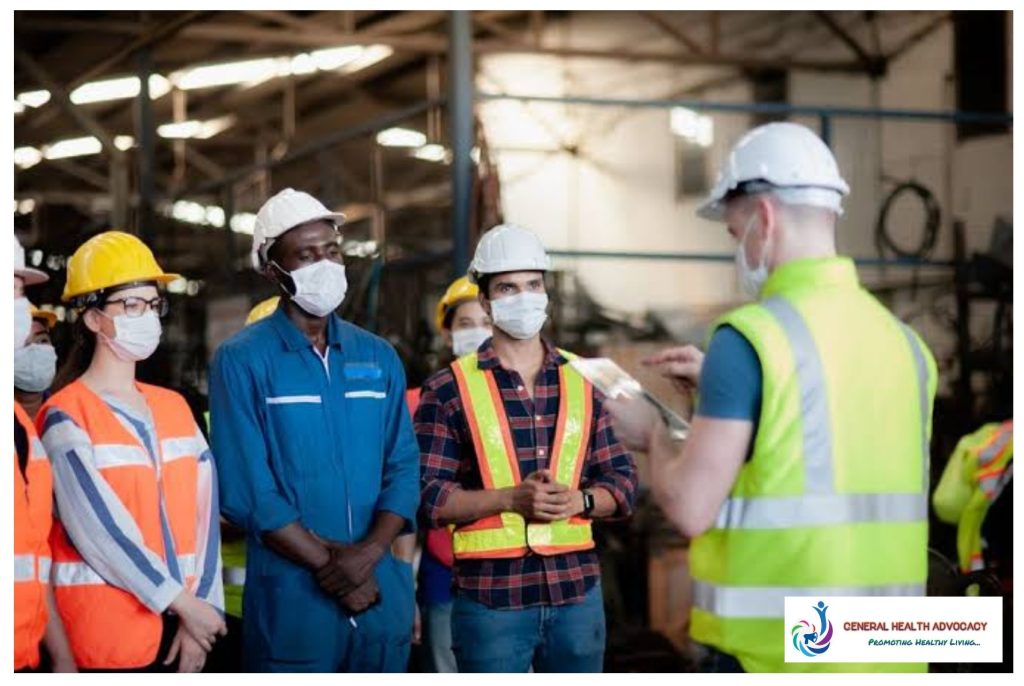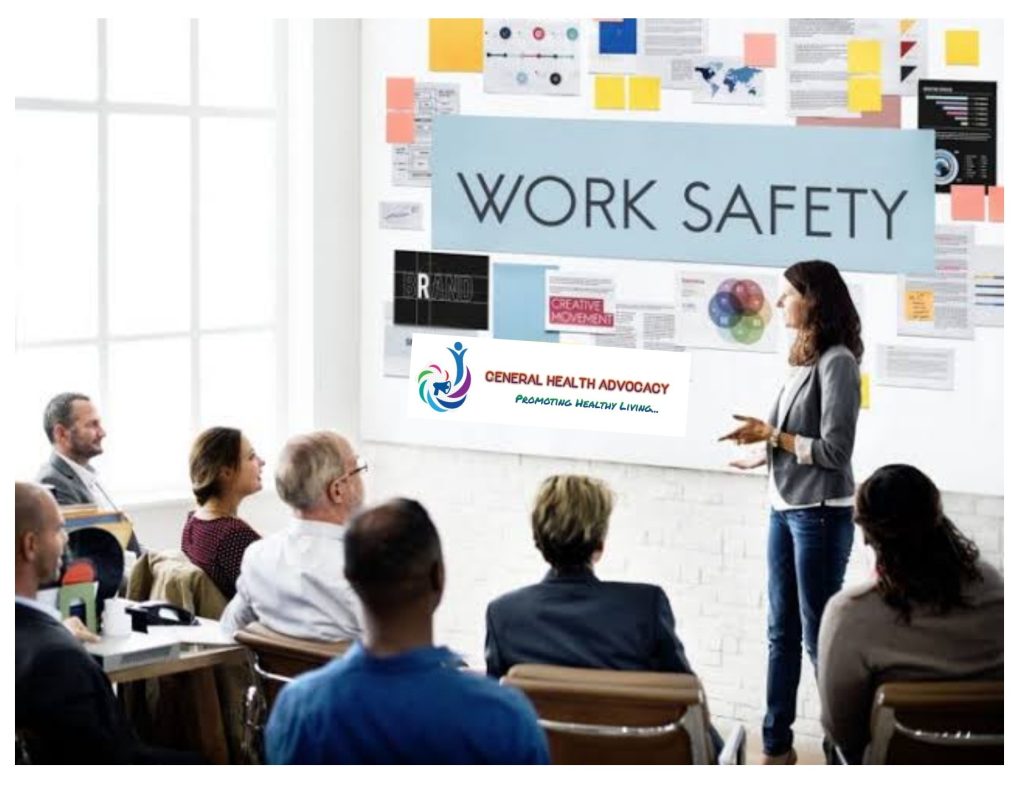Tips and Prevention Measures to Avoiding Risks in the Workplace

Maintaining a safe and healthy work environment is crucial for both employers and employees. It not only promotes productivity but also reduces the potential for accidents, injuries, and illnesses. Understanding and addressing the risks associated with the workplace is essential for creating a safe working environment. This comprehensive guide will define risks at work, highlight various risks associated with the workplace, and provide practical tips on how to prevent them.
Defining Risk at Work
Risk at work refers to the likelihood of an event or situation occurring that may result in harm, injury, or illness to employees. These risks can stem from various factors, including physical, chemical, ergonomic, biological, psychosocial, and organizational hazards. It is the responsibility of employers, employees, and relevant authorities to identify and mitigate these risks to ensure a safe working environment.
Common Risks in the Workplace
- Physical Hazards: These include slips, falls, trips, falling objects, manual handling of heavy loads, noise, extreme temperatures, and poor lighting.
- Chemical Hazards: Exposure to harmful substances such as toxic chemicals, cleaning agents, solvents, fumes, and gases can lead to respiratory conditions, skin irritations, or long-term health conditions.
- Ergonomic Hazards: Poor posture, repetitive motion, improper lifting techniques, and uncomfortable workstations can cause musculoskeletal disorders, back pain, and other physical strains.
- Biological Hazards: Exposure to infectious bacteria, viruses, fungi, and parasites can result in illnesses such as flu, food poisoning, or airborne infections.
- Psychosocial Hazards: Excessive workloads, long working hours, workplace bullying, harassment, and poor work-life balance can lead to stress, anxiety, depression, and reduced overall well-being.
- Organizational Hazards: Inadequate training, lack of safety protocols, weak communication, and insufficient emergency response plans can contribute to accidents, injuries, and other workplace hazards.
Read Also
Prevention Measures
- Conduct thorough risk assessments: Regularly evaluate the workplace to identify potential hazards and prioritize the risks based on severity. This will help in developing targeted prevention strategies.
- Provide appropriate safety training: Ensure that all employees receive comprehensive training on safety procedures, proper use of equipment, and emergency protocols. Regularly update training programs to address new risks or changes in the workplace.
- Implement proper safety protocols: Establish clear guidelines and procedures for safe work practices, such as wearing personal protective equipment (PPE), using proper lifting techniques, and following safety regulations. Enforce these protocols consistently to create a culture of safety.
- Maintain a clean and organized workplace: Regularly clean and maintain the work environment to reduce the risk of slips, trips, and falls. Keep walkways clear of obstacles, promptly clean up spills, and ensure that storage areas are properly organized to prevent accidents caused by falling objects.
- Control exposure to hazardous substances: Properly label and store chemicals, provide appropriate ventilation systems, and establish protocols for handling hazardous materials safely. Conduct regular air quality testing to ensure a healthy work environment.
- Promote ergonomic practices: Ensure that workstations are ergonomically designed to minimize physical strain. Provide adjustable chairs, computer monitors at eye level, and encourage regular breaks and exercise to prevent musculoskeletal disorders.
- Manage psychosocial risks: Implement policies and practices that promote a healthy work-life balance, such as flexible work schedules, employee support programs, and promoting open communication and respect among colleagues. Address issues of workplace bullying or harassment promptly and provide resources for employees to report such incidents.
- Encourage regular breaks and rest periods: Implement policies that encourage employees to take regular breaks and rest periods to prevent fatigue and maintain focus. Encourage physical movement during breaks to reduce the risk of musculoskeletal strains.
- Regularly assess and update safety measures: Conduct routine inspections and risk assessments to identify potential hazards and ensure that safety measures are in place. Stay updated with relevant safety regulations and best practices to continually improve workplace safety.
- Encourage employee engagement in safety: Involve employees in the identification and mitigation of workplace risks. Encourage them to report hazards, near-miss incidents, and provide suggestions for improving safety measures.
- Establish a robust emergency response plan: Develop a comprehensive emergency response plan that includes evacuation procedures, designated assembly points, and clear communication channels. Ensure that all employees receive training on emergency protocols.
- Promote a culture of safety: Establish a proactive safety culture where employees prioritize safety in their daily activities. Recognize and reward employees who actively engage in safety practices and contributions.

In conclusion, maintaining a safe and healthy work environment requires a proactive approach to identifying and addressing risks. By understanding the various hazards and implementing preventive measures, employers and employees can significantly reduce the likelihood of accidents, injuries, and illnesses in the workplace.
Regular risk assessments, comprehensive safety training, and the implementation of proper safety protocols are essential in creating a culture of safety. Furthermore, addressing psychosocial risks, promoting ergonomic practices, and ensuring proper control of hazardous materials are crucial steps in preventing workplace hazards.
By prioritizing the well-being of employees and consistently evaluating and updating safety measures, employers can create a work environment that is conducive to productivity, satisfaction, and overall well-being.




One Comment